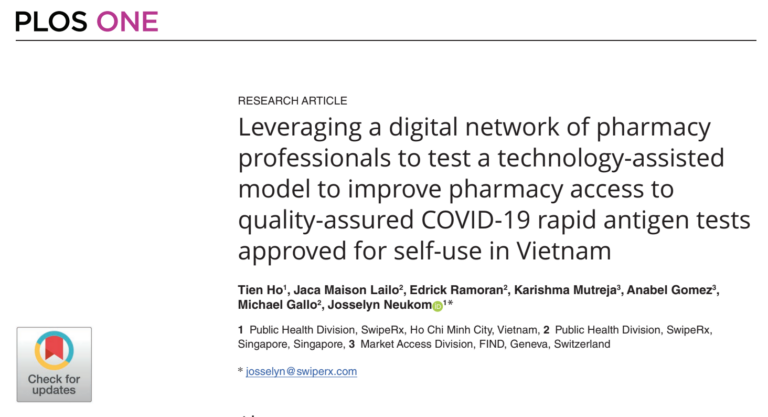Pharmacists are critical to primary care. They are often the first point of access to healthcare because they are easily accessible to the public: they are often available 24 hours a day, protect confidentiality, do not require scheduling an appointment, and do not charge consultation fees. In fact, according to a 2005 study, individuals who live in regions with high numbers of primary care providers, like pharmacists, have better health outcomes than those who do not.
However, pharmacists in developing regions like Southeast Asia are not being utilized to their full potential because their place in healthcare is not yet established. Therefore, it is important to outline some of the reasons why pharmacists in Southeast Asia are beneficial to primary care initiatives:
Pharmacists provide much needed assistance for quitting tobacco
It is well known that tobacco smoking is one of the leading causes of preventable death and disease in the world. Two studies in Thailand demonstrated that half of the pharmacies they surveyed were providing smoking cessation services, thus underlining the role of pharmacies in smoking cessation programs. However, there were barriers in the success of these programs, including lack of knowledge and skills on behalf of the pharmacists and patients’ failure to follow-up. Our Connect platform sends SMS messages to patients to remind them to adhere to their course of treatment.
Pharmacists can prevent the spread of infectious diseases like HIV
The HIV epidemic in Southeast Asia, particularly in Thailand, Myanmar, and Cambodia, is still a major public health concern, and prevention strategies are mostly ineffective. Nevertheless, one Vietnamese study investigated the work of 5 pharmacies who were providing educational materials for injecting drug users, and selling sterile syringes at a rate of approximately 93 syringes a week per pharmacy. This signals that pharmacists can and should participate in more harm reduction and infectious disease prevention services.
Pharmacists screen for diabetes and cardiovascular disease

The role of pharmacists in Southeast Asia must evolve past simply dispensing medication. With the change in public health demands, especially the increase in chronic illnesses that require long-term medication use, the relationship between pharmacists and their patients is more relevant today than ever before. Pharmacists’ accessibility and reliability within their communities makes them ideally placed for screening, distributing information and supplies, and advocating for the positive health outcomes of those they serve.







